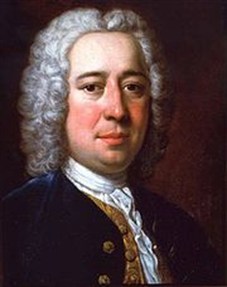Conservatorio di Santa Maria di Loreto

In 1535 master Francesco, a simple craftsman, built a chapel near the Church of Santa Maria di Loreto in order to help and collect alms for the poor and orphaned children of both sexes. In 1537 Giovanni di Tappia, an Apostolic Prothonotary of Spanish nationality, moved by the initiative of “master” Francis created in it an orphanage, which in 1560 was transferred by the Government of Naples in a larger venue, always close to Santa Maria di Loreto. At the direction of the institute there were six governors of the people of Naples, who were elected annually on the last Sunday of August (just the sunday dedicated to Our Lady of Loreto) and one of them assumed the position of Chairman of the Sacred Council. There are reports of a choirmaster who served in 1633 and probably from this period can be dated the transformation of the orphanage in a real conservatory, when, for the first time in the accounting records, we can read the names of professional teachers paid with a fixed salary: a “master of chapel”, a “master of cornet” and a “master of violins.” In addition, from 1644 onwards, the institute was open to “strangers children”, non-orphan students who paid high fees for at least six years of courses. In 1565, the orphanage was entrusted to the care of Somascan Fathers, who took care of the teaching of grammar, philosophy, religion and science.
It was the largest and most attended Conservatory of Naples, on average every ten years welcomed more than 1,500 students, who wore an entirely white robe: a “skirt” long to the feet, a heavy overcoat with cape, called zimarra, closed by a thick row of buttons, and the hard hat with wide brim. Among the teachers of the Conservatorio di Santa Maria di Loreto were Francesco Durante, Francesco Provenzale and Nicola Porpora (image), who was a composer and singing teacher, and the most famous countertenors attended his school. Among others, we remind the name of Domenico Cimarosa. At the direction of the Conservatory there were other masters such as Gaetano Veneziano, Nicola Unripe, Pietro Bartilotti and Giuliano Perugino. Even the famous Alessandro Scarlatti served for a month, in 1689, as first teacher. In the eighteenth century, other great masters of the Neapolitan school of music were Francesco Mancini, Giovanni Fischietti, Gaetano Manna, Fedele Fenaroli, Pietro Antonio Gallo.
In 1806 the institute merged with the Conservatorio della Pietà dei Turchini and the Conservatorio di Sant’Onofrio a Porta Capuana, giving rise to the Royal College of Music, which in 1826 will become the current Conservatorio di San Pietro a Majella.
